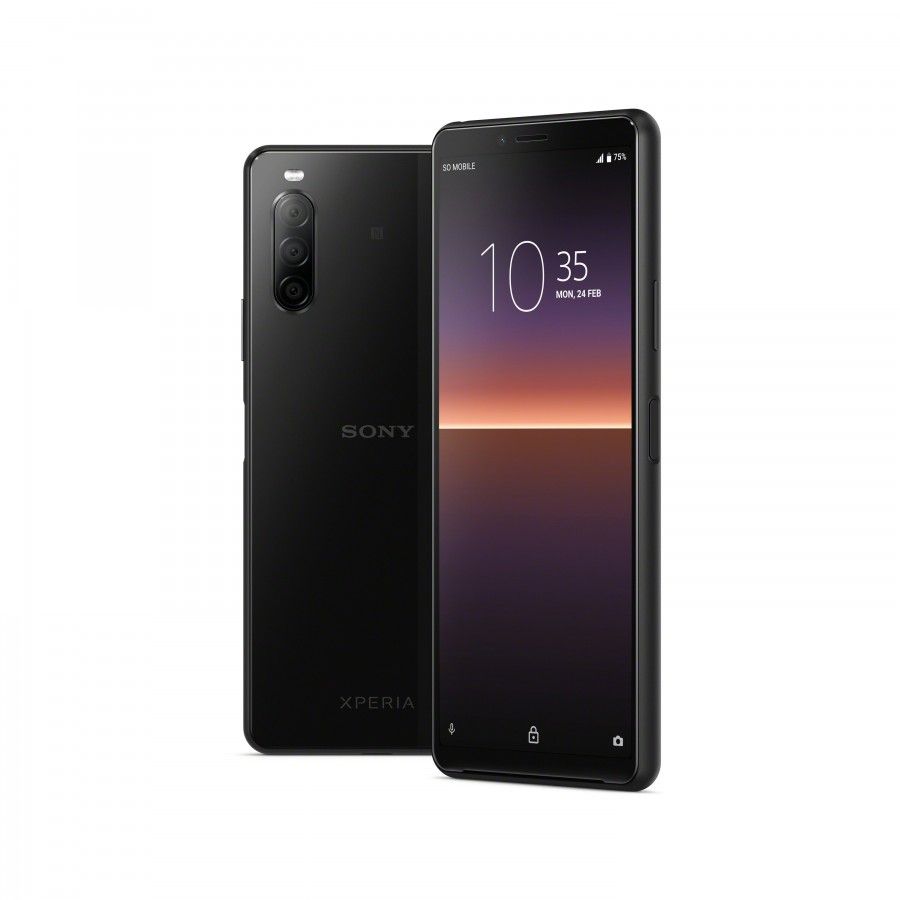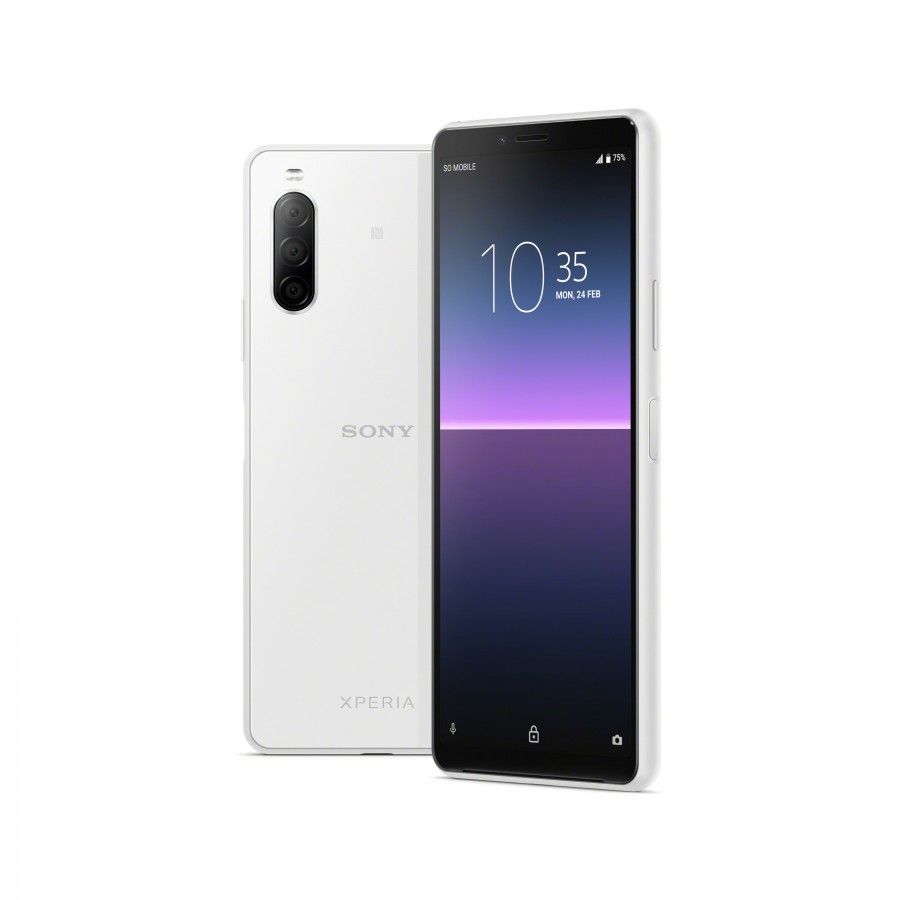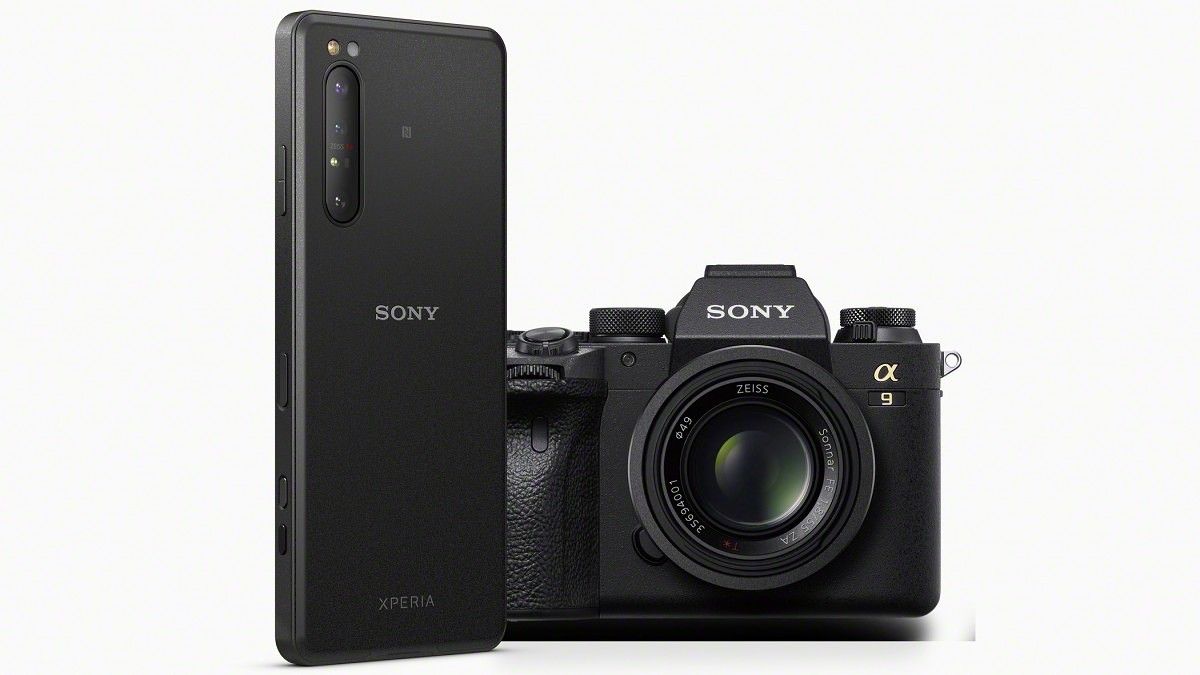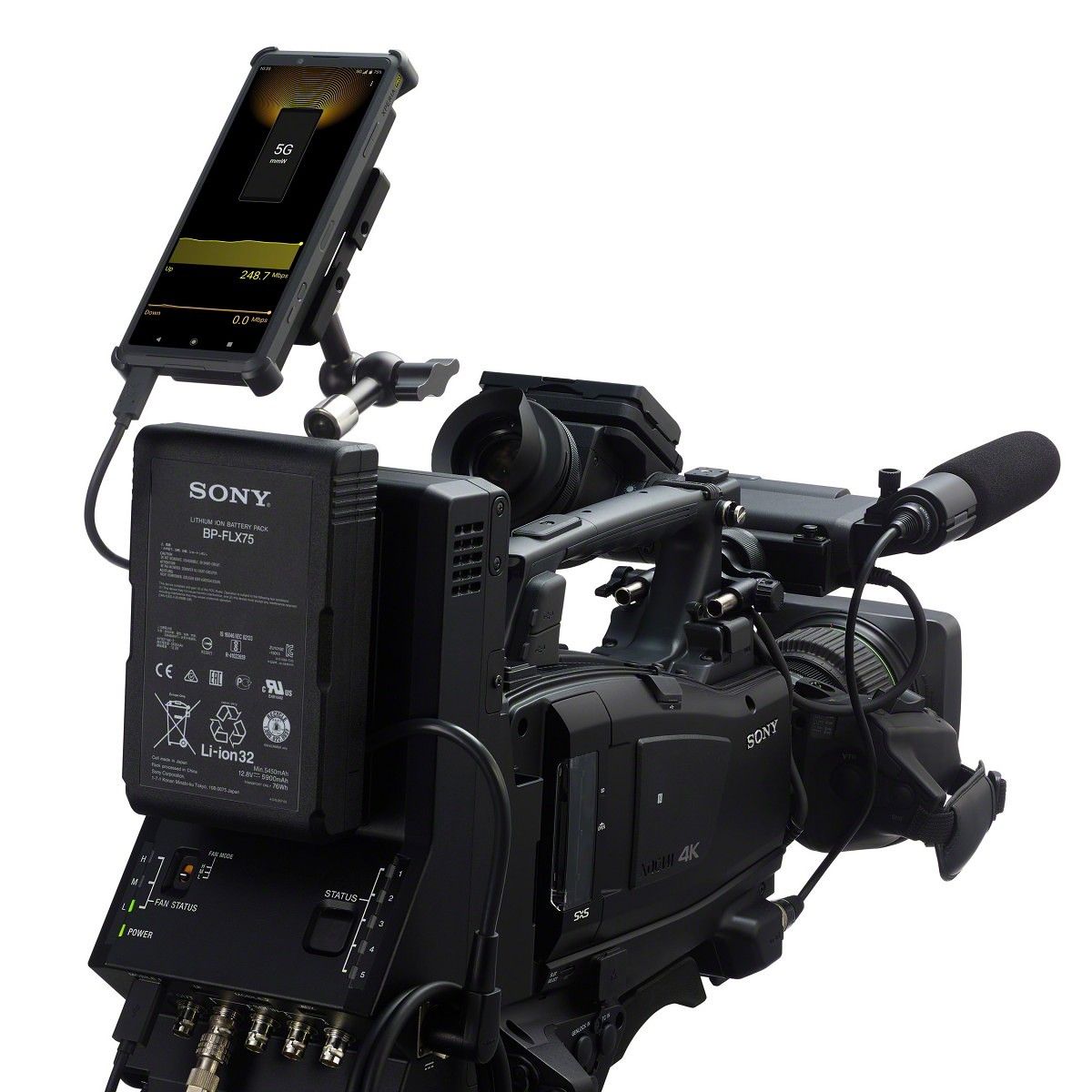Sony launches the Xperia 1 II and Xperia 10 II with 21:9 displays, triple rear cameras, and 3.5mm headphone jacks
After the cancellation of MWC 2020, Sony decided to announce its new products via an online announcement on February 24. The day has now arrived, and the company has now revealed its new flagship Sony Xperia 1 II (pronounced as Xperia 1 “Mark 2”) and the mid-range Xperia 10 II smartphones. The Xperia 1 II succeeds last year’s Xperia 1 flagship, while the Xperia 10 II is intended as the successor of both the Xperia 10 and the Xperia 10 Plus. Sony also teased a high-end professional phone for photographers in the form of the Xperia Pro 5G. As is often the case with new flagship smartphone launches, there is a lot to get into. Let’s get started with the specifications list.
Sony Xperia 1 II and Sony Xperia 10 II – Specifications
| Specifications | Sony Xperia 1 II | Sony Xperia 10 II |
|---|---|---|
| Dimensions & Weight |
|
|
| Display |
|
|
| SoC |
|
|
| RAM & Storage |
|
|
| Battery |
|
|
| Fingerprint Sensor | Side-mounted fingerprint | Side-mounted fingerprint |
| Rear Cameras |
|
|
| Front Camera |
|
|
| Audio |
|
|
| Network Bands |
|
|
| Connectivity |
|
|
| Android Version | Android 10 | Android 10 |
Sony Xperia 1 II – Hardware



The Sony Xperia 1 II is part of the first wave of Qualcomm Snapdragon 865-powered flagship phones. This in itself makes it a high-end phone, even though its availability is bound to be limited. Even though Sony has left several regions in the worldwide smartphone market, the Xperia 1 II shows that the company hasn’t lost its zeal to try again in the high-end smartphone market.
Last year’s Xperia 1 was the flagship after Sony’s corporate restructuring, which saw the mobile division get under the leadership of Kimio Maki, the former head of Sony’s Alpha mirrorless camera division. The company had promised to have synergy with its various hardware strengths and combine them in a single flagship. The Xperia 1 showed potential, but it’s the Xperia 1 II that looks quite promising—at least on paper.
The Xperia 1 II’s external hardware design looks similar to its predecessor. It has IP68 water resistance. The only major difference is that the rear cameras have been moved to from the center to the top left of the phone. On the front, Sony continues not to use a display hole or any sort of notch by going with a minimal top bezel. The 21:9 display aspect ratio means the phone is much narrower than its 6.5-inch diagonal makes it seem.
To move on to the surprising aspects, the Xperia 1 II comes in a 5G variant with sub-6GHz connectivity, skipping out on mmWave. This is identical to what Samsung did with the regular Galaxy S20. The 5G bands supported are surprisingly meager, and U.S. 5G frequencies aren’t supported. A big omission is that the Xperia 1 II won’t support 5G connectivity (even sub-6GHz) in the U.S. It will be available only in a 4G variant. The phone still has the Qualcomm Snapdragon X55 discrete 5G modem paired with the Snapdragon 865, which means that Sony, like iQOO, is disabling the 5G RF system of the modem. However, this decision makes absolutely no sense for the U.S. market.
The Xperia 1 II’s 6.5-inch 4K OLED display may seem identical to its predecessor. However, it has “Motion Blur Reduction,” which Sony says makes it equivalent to a 90Hz refresh rate. This means either it doesn’t have a 90Hz refresh rate and it’s using a proprietary technology, or it does have a 90Hz refresh rate that is being interpolated from 60Hz. Sony didn’t explain the details of this technology. It should also be mentioned that a 4K display has negligible viewing impact on visual acuity, but it will have a significant power cost.
The Xperia 1 II comes in only a single storage variant: 8GB of RAM with 256GB of storage. Sony also retains the hybrid SIM slots (dual SIM or single SIM + microSD). In terms of biometrics, the phone has a side-mounted fingerprint sensor, just like its predecessor.
In terms of cameras, the Xperia 1 II has a unique camera setup. Its primary sensor is the 12MP IMX555, which is also used in the Galaxy S20 and the Galaxy S20+. This means it has a big pixel size of 1.8-micron. For a telephoto, it uses a 12MP with 70mm focal length for 3x optical zoom. The ultra-wide angle camera’s capabilities have been upgraded, as the sensor is much bigger now. Both the standard and ultra-wide angle sensors support Dual Pixel Autofocus for 70% coverage of the frame. Sony is also promoting innovations of up to 20fps burst shooting, eye detection, and up to 60 times AF/AE evaluation, features that are said to be firsts for smartphones. The phone is no slouch for video, too: it can record 4K HDR video at up to 60fps. There is hybrid EIS and OIS, along with 5-axis stabilization. The front camera has a small and relatively pedestrian 8MP sensor.
Sony has increased the battery capacity of the Xperia 1 II from 3,300mAh in its predecessor to 4,000mAh. Charging capabilities remain at a conservative and disappointing 18W with USB-C PD, but Sony did manage to add Qi wireless charging. The speed of that wasn’t specified.
The Xperia 1 II adds the 3.5mm headphone jack to Sony’s flagship Xperia series for the first time since 2017’s Xperia XZ1. This is a very welcome move. The headphone jack supports Hi-Res audio (24-bit/192kHz). LDAC support for Bluetooth audio is included, and there are true front-facing stereo speakers. Sony has also retained the Dynamic Vibration system.
In terms of connectivity, the Xperia 1 II supports video out through DisplayPort and USB-C to HDMI. It also has Wi-Fi 6 support, as expected.
The Xperia 1 II’s price in Europe is very high at €1,199 for the 5G variant that supports sub-6GHz networks. The U.S price tag for the 4G variant hasn’t been confirmed yet. It will be available in Black and Purple colors, and will ship from late Spring 2020. A few promotional videos for the phone can be watched here.
Sony Xperia 10 II


The Xperia 10 II is a relatively standard Sony mid-range phone. It uses the budget Qualcomm Snapdragon 665 SoC, which is uninspiring at a time when the Qualcomm Snapdragon 730, Snapdragon 675, and MediaTek Helio G90T SoCs have already been launched in the market.
The Xperia 10 II keeps the 21:9 aspect ratio but reduces the screen diagonal to 6-inch. This means it’s a very narrow phone with narrow display width. The display resolution is Full HD+, and it’s an OLED display. The single RAM and storage option is 4GB/128GB. The triple rear cameras are 12MP + 8MP + 8MP for the standard, ultra-wide angle, and telephoto cameras respectively. It has IP65/IP68 water and dust resistance, a rare feature in the mid-range market. A 3,600mAh battery with Quick Charge 3.0 support rounds out the hardware.
The phone will come in Black and White colors. Pricing wasn’t detailed yet. It will go on sale in “several markets” from Spring 2020.
Sony Xperia Pro 5G




The Xperia Pro is a 5G phone that packs in support for both mmWave and sub-6GHz. It’s intended for professional photographers. The internal hardware of the phone is the same as that of the Xperia 1 II. However, it has a much more durable design resembling Sony’s Alpha cameras.
The Xperia Pro 5G also has a full-size HDMI port, which makes it unique in 2020’s smartphone market. Photographers can directly connect their camera gear to the phone, allowing the display to be used as a monitor.
Unfortunately, Sony didn’t go into more details regarding how the HDMI port works. The pricing and availability details also weren’t detailed as the phone was only teased. We expect to learn more in the coming weeks, but it’s fair to expect it to be priced outrageously high in keeping with Sony’s tradition.
Let us know your thoughts regarding Sony’s new smartphone launches in the comments below.
The post Sony launches the Xperia 1 II and Xperia 10 II with 21:9 displays, triple rear cameras, and 3.5mm headphone jacks appeared first on xda-developers.
from xda-developers https://ift.tt/2Vo3iBk
via IFTTT
 Reviewed by site
on
02:39
Rating:
Reviewed by site
on
02:39
Rating:
Aucun commentaire: